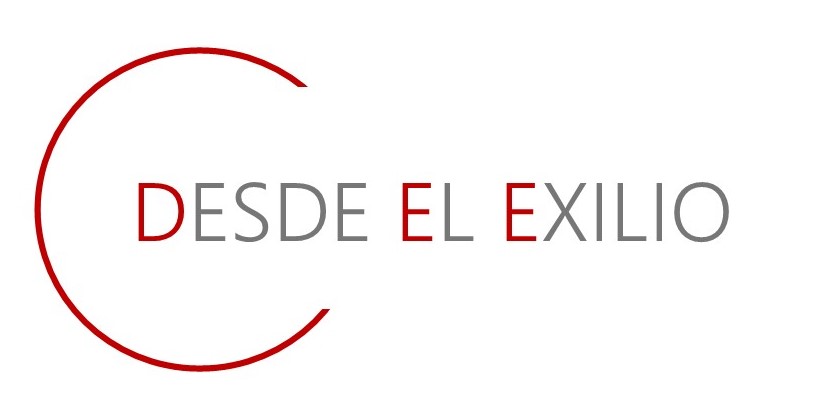Poco a poco se van desenredando los hilos de la madeja ecofascista, dejando entrever el pastel a repartir. Luego no nos extrañe que todos estén de acuerdo en callar la boca a los excépticos:
But for that to happen, the government would first have to put a cap on CO2 emissions, either for certain industries or even the economy as a whole. At the same time, it would allocate quotas for CO2 emissions, either based on current emissions, or on energy output, or some other standard. If a company then «over-complied,» which means it produced less carbon dioxide than it was allowed to under the rules, it could sell the excess allowance to someone else. That someone else would buy the right to produce CO2 if doing so cost less than actually reducing emissions.
In this way, emissions would be reduced in an relatively efficient way: Those for whom reductions were cheap or easy would reduce, and if they reduced enough, they could sell their excess allowance to someone for whom the reductions were harder or more expensive. This kind of trading works, and we’ve argued in these columns that cap-and-trade beats the pants off just plain capping by lowering the overall economic burden of a cap.
Algo más abajo podemos leer:
By far the biggest question, however, is where the cap is set. The trading of emissions credits does nothing to lower the quantity of emissions–it merely shifts around the right to emit. It’s the cap that sets the amount of CO2 put into the air. And as Europe has learned, that figure is a political football unto itself. When the EU started emissions trading in 2005, the price of a ton of CO2 quickly tripled before cratering when participants realized that the cap hadn’t been set low enough to create a genuine shortage.
The European Commission is now in the process of reviewing each country’s plans for allocating emissions allowances for 2008, but in the first round it found that all but one national plan had set the cap too high to comply with Kyoto’s 2008-2012 limits. Of course, even a stringent cap means nothing if countries don’t comply, and so far Europe’s commitment to Kyoto has been more hot air than action.
The reason is hardly a secret, though you rarely see climate-change activists admitting it. Despite all the talk of «alternative» fuels, some 80% of the energy that the world produces today comes from carbon-based fuels. Barring cold fusion or some other miracle technology, that ratio won’t change much for decades to come. That means, in turn, that any stringent CO2 cap would inevitably have serious economic costs. We doubt voters will elect politicians who tell them the cost of reducing their «carbon footprint» is more blackouts or a lower standard of living. And in any case China is putting up a new coal-fired plant every week, raising emissions that will overwhelm whatever reductions cap-and-trade would yield in the U.S.Fuente: The Wall Street Journal
Es un negocio redondo! Voy a ver si los ahorrillos me dan para comprar unas acciones…
Vía EconLog




